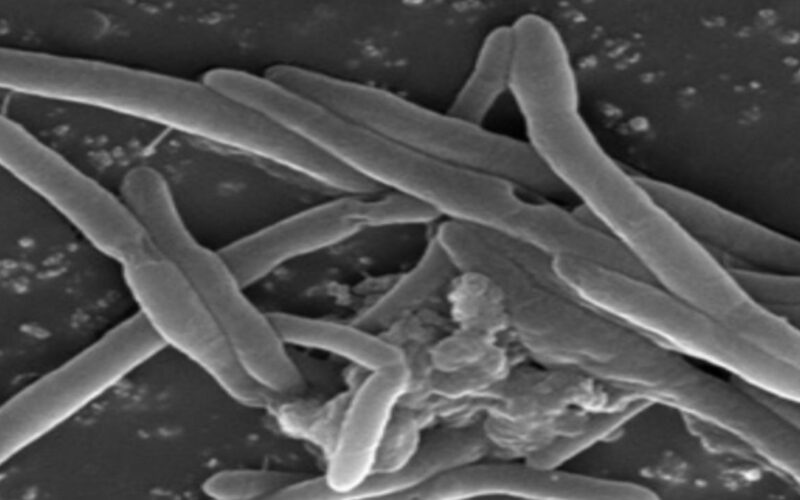November 07, 2023 – Hidden within the scorching hot springs of Aravali, situated in the Ratnagiri district of Maharashtra, a novel genus of anaerobic lignocellulose-degrading bacteria has emerged, offering a promising avenue for clean and renewable energy production. These remarkable microorganisms possess the unique ability to generate hydrogen gas as a byproduct of their metabolic processes, paving the way for a sustainable energy source.
The Bioenergy Group, based at the Agharkar Research Institute (ARI), an autonomous institution under the Department of Science and Technology, has dedicated the past decade to investigating anaerobic bacteria’s role in breaking down lignocellulosic waste. Their research has taken them through various environmental niches, from the rumen of animals and termite colonies to compost heaps, mangrove sediments, and the scalding hot springs. This extensive exploration has unveiled a trove of novel bacterial, fungal, and methanogenic species.
In a recent publication in the esteemed journal Archives of Microbiology, the team introduced a fascinating bacterium known as Sporanaerobium hydrogeniformans, renowned for its hydrogen-producing capabilities. Belonging to the Lachnospiraceae family, this bacterium showcases an exceptional talent for breaking down the structural components of lignocellulosic agricultural residues, specifically cellulose and xylan.
What sets Sporanaerobium hydrogeniformans apart is its collection of thermostable hydrolytic enzymes, making it a valuable asset for industrial applications. The bacterium thrives in high-temperature environments, ranging from 45–50°C, and prefers an alkaline pH of 8.0. These characteristics position it as a strong contender for biohydrogen production from agricultural leftovers, aligning with India’s waste-to-energy policies.
The bacterium’s metabolic prowess is no less impressive. It efficiently utilizes hexose and pentose sugars released during the breakdown of complex polymers, such as cellulose and xylan, to produce substantial quantities of hydrogen gas, accompanied by byproducts like acetic acid, formic acid, and ethanol. This unique ability to simultaneously harness hexose and pentose sugars makes it a pivotal player in the industrial biofuel generation landscape.
Furthermore, genomic investigations have revealed a specialized metabolic pathway within this bacterium, enabling the conversion of various simple and complex substrates into hydrogen and ethanol. This newfound knowledge opens up exciting avenues for the sustainable production of biohydrogen gas, reducing society’s reliance on fossil fuels.
The discovery of Sporanaerobium hydrogeniformans underscores the importance of exploring extreme habitats like hot springs, where nature’s hidden treasures may hold the key to sustainable energy solutions. The scientists behind this breakthrough remain hopeful that further research will lead to innovative and efficient biohydrogen gas production methods, ultimately contributing to a greener and more sustainable future.
